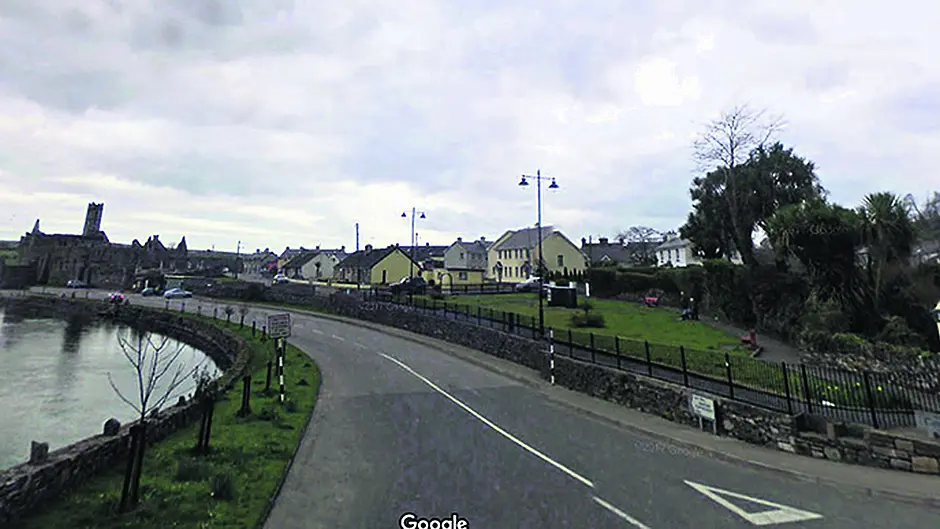Author Donal Corcoran recalls the Irish brigade in the Pope's army of 1860
Author Donal Corcoran recalls the Irish brigade in the Pope’s army of 1860
AS a child I was fascinated with two war medals that my great grandfather Patrick Kennedy received fighting for Pope Pius IX in 1860. Who were the brigade? Why did they go? What happened in Italy? How did they get back? I sought answers, compiled a list of brigade members, and visited the battlefields.
At that time nationalism was the most potent force for political change. Many people across Europe sought independence from empires or to unite fragmented states into new nations. In Ireland Daniel O’Connell agitated for self-government. But after the Famine the priority changed to land reform. Italy was broken up into independent states. Unification faced a major obstacle. The Papal States stretched across the middle of Italy separating north and south.
In 1859 Piedmont kick-started the unification of Italy under its King Victor Emmanuel II and prime minister Count Cavour. They planned to annex Tuscany, Parma, Modena, the Papal States, and the kingdom of Naples and Sicily, peacefully or by invasion. In May 1860 anti-clerical republican revolutionary Giuseppe Garibaldi invaded Sicily and Naples.
After Catholic Emancipation, Irish Catholics were organised into a deeply religious and conservative church under Archbishop Paul Cullen. Events in Italy a generated a savage media war.
Irish Catholic bishops and priests called for prayers, funds were raised (equivalent to €8m today) and 1,300 men recruited to fight. Most were artisans, farmers, clerks, teachers, students, former British soldiers and policemen.
Few had military experience. Religious impulses, thirst for adventure, escape from dead-end jobs, and opportunity to travel impelled them towards Italy. Some were simply up for a fight.
They travelled to Italy by rail and cross-channel steamers. The cost was a little over £13. The papal army rapidly expanded under French General Lamoricière. Recruits from Catholic countries doubled its size to over 20,000.
The race for Rome began. Garibaldi took Naples, Cavour peacefully annexed Tuscany, Parma and Modena and invaded the Papal States. The Irish brigade fought bravely alongside French, Austrian, Italian and Swiss-German papal soldiers at Perugia, Spoleto, Castelfidardo and Ancona in September 1860. After being imprisoned in Genoa they returned home arriving at Monkstown. They received a heroes’ welcome.
Piedmont annexed the Papal States except Rome which was protected by Napoleon III’s French garrison. Garibaldi ceded Naples and Sicily to Victor Emmanuel II sacrificing his republican principles in the interest of Italian unity. Victor Emmanuel II became king of Italy. Pius IX held out in Rome for another decade before being isolated in the Vatican.
The Irish brigade’s exploits were headline news at the time but were soon forgotten. Events in a far-away country had no lasting impact at home. The American Civil War soon involved far more Irishmen, notably brigade members Myles Keogh (killed with General Custer at Little Big Horn) and John Coppinger from Midleton.
A notable Irish brigade member was Patrick Alphonsus Buckley of Castletownshend, a law student at Louvain, who later became a judge and a government minister in New Zealand.
A group recruited at Timoleague by Rev Fr E Mulcahy and a farmer’s son named Scully included Daniel Cullinane, Daniel Feen, Patrick Fehely, Maurice Fitzgerald, Patrick Keohane, Michael McCarthy, Francis Mullins, Michael Nugent, John O’Brien and Timothy O’Sullivan. The first brigade member killed, Francis D Allman, was a medical student in Cork, while other brigade members listed may have West Cork links but their home places were not found.








